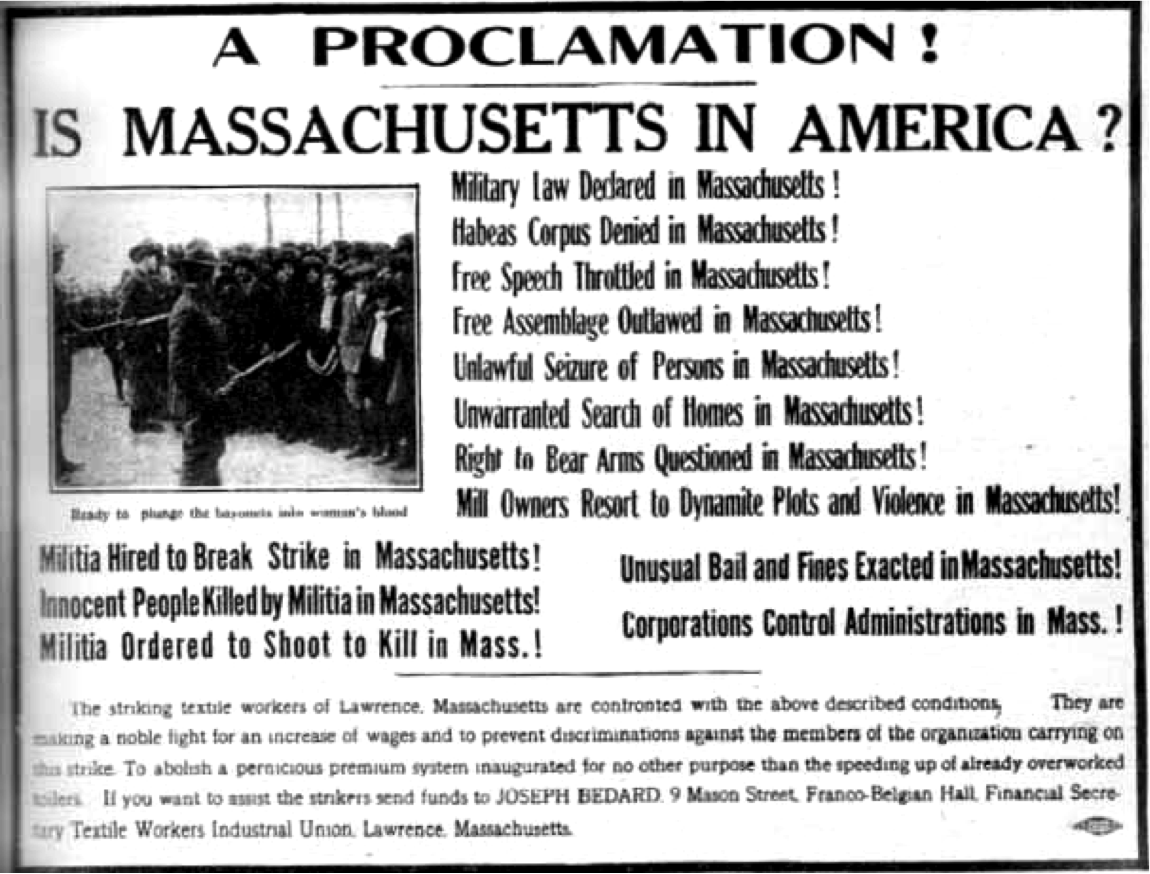1. Crash Course Gilded Age Politics
2. American Imperialism - BackStory excerpts
3. Imperialism Political Cartoons
4. Causes of American Imperialism
HW:
·
Imperialism
DBQ
o
To what
extent was late nineteenth-century and early twentieth-century United States
expansionism a continuation of past United States expansionism and to what
extent was it a departure?
·
Possible
categories
o
Major Causes of Expansion (why)
o
Location of Expansion (where)
o
Impact/Interaction of Native Peoples
o
Opposition to Expansion (anybody disagree?)
o
Use of Force/Aggression/War
o
Political impact (new states, territories,
political control, role of fed government)
o
Economic impact (raw materials, markets)
o
Social impact (cultural clashes, feelings of
superiority, desire to start new life)
o
Technology (role of technology/industry in
ability to expand/success of expansion)
·
Analyze Docs A-H
o
Make notes on each Doc.
§
Literal connections
§
Inferences
o
Place Docs in categories
·
Write thesis
·
Be ready for possible quiz:
o
Thesis/categories
o
Doc analysis
















